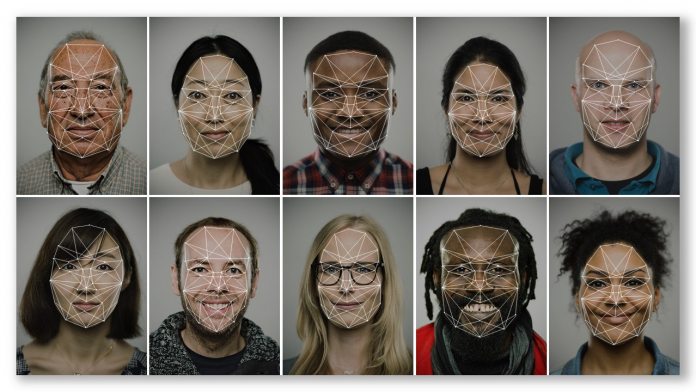One Microsoft executive closely linked to the company's AI development has offered an interesting opinion on the technology. Kate Crawford, senior principal researcher for Microsoft told The Guardian that AI technology is not good enough to detect human emotion, and also called for more regulation of machine learning models.
That first claim may come as a surprise. After-all, Microsoft actively develops and markets artificial intelligence products that claim to detect emotion. Face API on Azure if the company's facial recognition technology. Among its various abilities, Microsoft says, is it is capable of detecting emotion in images.
This ability was highlighted by Geert Baeke in a blog post in 2019. In the interview with The Guardian, Crawford explained why it is a flawed concept:
“The idea that you can see from somebody's face what they are feeling is deeply flawed. I don't think that's possible… But from the beginning there was pushback and more recent work shows there is no reliable correlation between expressions on the face and what we are actually feeling. And yet we have tech companies saying emotions can be extracted simply by looking at video of people's faces.”
Free Expression
It is an interesting denouncement of the technology. Sure, it may help to ease concerns about the dangers of AI and facial recognition tech, but it is unlikely to fly well at Microsoft. So, how can Crawford criticize the very technology Microsoft (among others) sells while working for the company?
Well, she says her work is separate and Microsoft does not demand pre-approval of quotes in interviews.
“I work in the research wing of Microsoft, which is a distinct organisation, separate from product development… My book did not go through any pre-publication review – Microsoft Research does not require that – and my lab leaders support asking hard questions, even if the answers involve a critical assessment of current technological practices.”
The book in question is Atlas of AI, which takes a look at the impact of AI in changing our world. One of the focuses of the book is greater regulations around machine learning tech. It is something Crawford re-emphasized in the interview:
“Much stronger regulatory regimes and greater rigour and responsibility around how training datasets are constructed. We also need different voices in these debates – including people who are seeing and living with the downsides of these systems. And we need a renewed politics of refusal that challenges the narrative that just because a technology can be built it should be deployed.”
Tip of the day: Though many VPN providers have their own apps, you can in many cases connect to a VPN in Windows 10 without any third-party software. This is ideal if you have a self-hosted VPN or if you're using a PC with restricted permissions. In our tutorial, we're showing you how to connect to a VPN in Windows 10.
Last Updated on February 14, 2022 8:22 pm CET by Luke Jones






